The Bentley Mulsanne
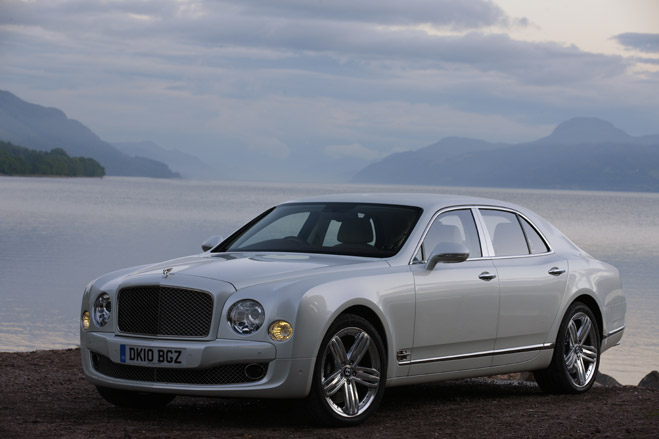
Eighty years in automotive evolution is equivalent to many, many millennia in nature. So when Bentley laid on a sampling of the 1930 8-litre model, a mighty piece of inter-war engineering resplendent in black coachwork, at the launch event for their new Mulsanne flagship, it was instructive to discover exactly how 'luxury motoring' felt to the industrial plutocrat or motion picture star of the 1930s. This particular car was W.O.Bentley's own, recently re-acquired by the company and lovingly restored in order to retain its patina.
It wasn't much surprise to discover that the 8-litre is a lumbering beast. Although this 80 year-old car is swift enough to keep up with modern traffic, and the sound, smell and sensation add up to a visceral experience, a trans-European jaunt on the rear seat of this mighty car would have rattled the soul of any passenger. But just as the romance of long-distance inter-war air travel persists and the noisy, dangerous reality is mostly forgotten, so the ethos of the sporting grand tourer has survived into the present. Things have seriously changed.
W.O. might not recognise the new Mulsanne, save for its winged 'B', but he would surely applaud its abilities. While the new Mulsanne exists partly to perpetuate the myths and legends created by earlier cars like the 8-litre, it simply wouldn't be possible without modern production and design technology. Bentley's GT model - recently completely overhauled - ably maintains Bentley's chosen market position of 'sporting luxury' all by itself, but certain buyers these days aim higher and have far deeper pockets. Hence the need for a flagship model to go head to head with the offerings from Rolls Royce (the only real competitor) and Maybach.
The Mulsanne is therefore as much about building a story as it is a physical object. The Crewe-based company's immense reverses of contemporary engineering ability and craft skill are employed to recreate the mental image of what a sporting luxury car should be. Certain design cues are inescapable: a wooden dashboard like a well-oiled side board; deep pile carpets and supple leather; chromed buttons and switches and an ambience that is intended to catapault you back into an evocative past. Chose a Bentley over another luxury marque and you're making a certain statement, implying a love of power over pragmatism, of the human touch over the anonymity of the museum.
And it's true, the Mulsanne's detail design rewards extremely close inspection. The thick slab of dashboard is labelled with admirable brevity and simplicity. Buttons read, simply, Radio. Screen. Media. Tone. Everything bears a sans serif font seemingly stolen from the cocktail menu from a dinner dance at the Savoy, circa 1932., but naturally that feels appropriate. Drawers, tables, slots and cubbyholes proliferate. Everything than can be chromed, is chromed: it's like being inside a glitter ball, or trapped within a particularly complicated Regency period writing desk. The cabin is defined by a 'ring' of wood that runs at the base of the windows right around the interior (in the wood of your choice, naturally), and a vast options list is available allowing buyers to stamp their personality on the trim (although we'd recommend they trust the skill and judgement of Bentley's own team).
The Mulsanne's fundamental architecture is sound, albeit slightly old fashioned. Look under the bonnet and you'll also find a form of industrial heritage in the shape of Bentley's venerable V8 engine. The company walks a fine line between extolling the longevity of this unit, originally introduced in 1959, and trumpeting the utterly radical transformation it has undergone in the decades that followed. For Mulsanne, the 6.75 litre V8 was further refined, producing more power and lower emissions than ever before, while also practising the parsimonious trick of shutting down 4-cylinders when you're just trickling along to save fuel.
Externally, the Mulsanne does well to hide its prodigious size (and weight). This is never going to be a subtle car, but it's rather more rakish than its most obvious competitors. It's also designed to be driven, hard, with a theoretical top speed of 184mph and practically 5-second acceleration to 60mph, a figure that would have been literally inconceivable for this kind of vehicle just 20 years ago. While you're never in any doubt about the physical scale (and weight) of the car around you - the chrome, wood and leather don't exactly put you in a lightweight frame of mind - the Mulsanne steers and stops like a car half its size.
Wallpaper* Newsletter
Receive our daily digest of inspiration, escapism and design stories from around the world direct to your inbox.
In relative terms, the 1930s 8-litre was a commercial failure. Just 100 examples were built and the firm was sold to Rolls-Royce soon after its introduction. W.O.Bentley was no longer associated with the cars that bore his name. The 21st century Bentley is a very different beast. As part of the VW Group it has access to colossal reserves of intellectual property and also the will and support to succeed on its own terms. While its 'volume' car, the Continental GT, has grown the market for the brand to hitherto unknown levels, it is the Mulsanne that will keep the brand alive in the mind of its most traditional customers. The Mulsanne exists at that strange point where heritage and technology collide, and where the imagined past is recreated as something better, far better, than it could ever have been in real life. Nevertheless, without the weight of 90 years of heritage bearing down on its designers, it's safe to say that the Mulsanne would be a very different beast.
(first published 13 October 2010)
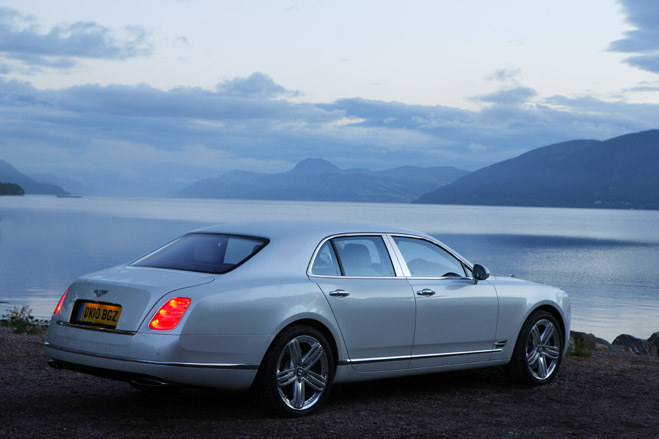
It’s designed to be driven hard, with a theoretical top speed of 184mph and a practically 5-second acceleration to 60mph, a figure that would have been literally inconceivable for this kind of vehicle just 20 years ago
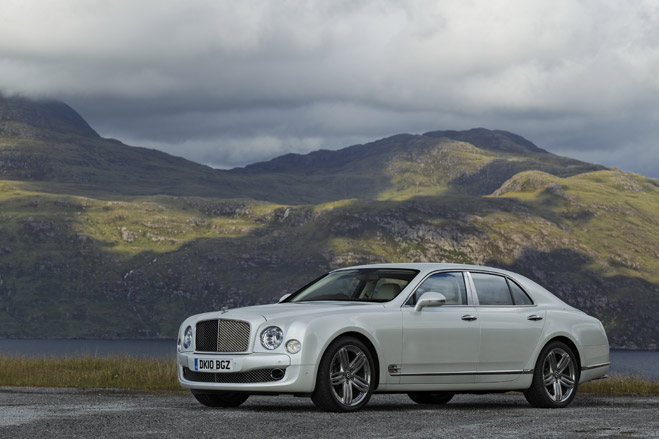
The new Mulsanne exists partly to perpetuate the myths and legends created by earlier cars like the 8-litre, it simply wouldn’t be possible without modern production and design technology
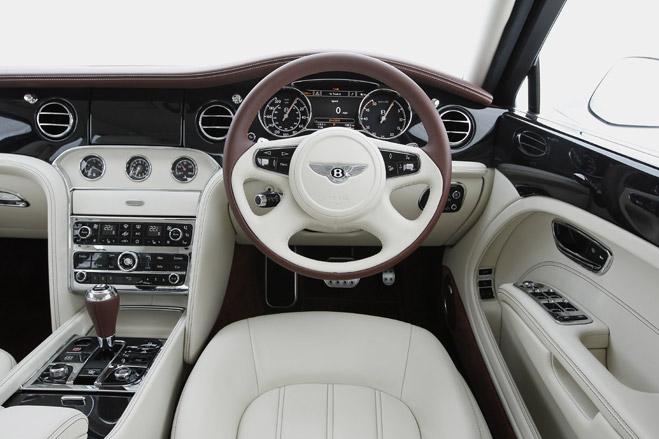
Certain design cues are inescapable: a wooden dashboard like a well-oiled side board; deep pile carpets and supple leather; chromed buttons and switches and an ambience that is intended to catapault you back into an evocative past.
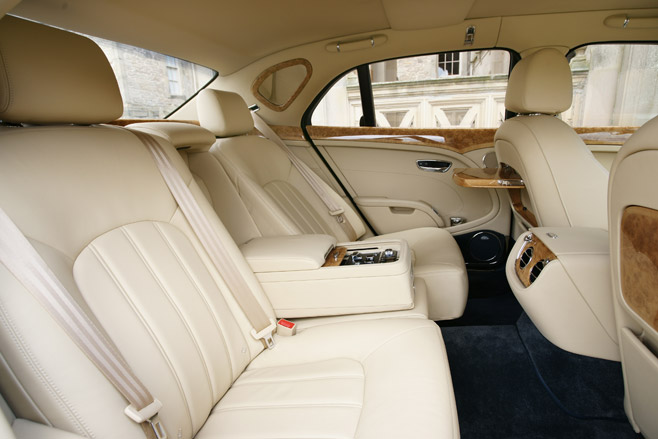
Drawers, tables, slots and cubbyholes proliferate. Everything that can be chromed, is chromed: it’s like being inside a glitter ball, or trapped within a particularly complicated Regency period writing desk.
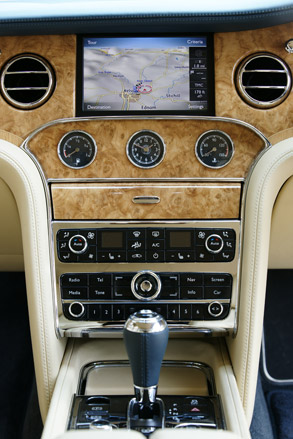
The thick slab of dashboard is labelled with admirable brevity and simplicity. Buttons read, simply, ’radio’, ’screen’, ’media’ and ’tone’. Everything bears a sans serif font seemingly stolen from the cocktail menu from a dinner dance at the Savoy, circa 1932, but naturally that feels appropriate
Jonathan Bell has written for Wallpaper* magazine since 1999, covering everything from architecture and transport design to books, tech and graphic design. He is now the magazine’s Transport and Technology Editor. Jonathan has written and edited 15 books, including Concept Car Design, 21st Century House, and The New Modern House. He is also the host of Wallpaper’s first podcast.
-
 Extreme Cashmere reimagines retail with its new Amsterdam store: ‘You want to take your shoes off and stay’
Extreme Cashmere reimagines retail with its new Amsterdam store: ‘You want to take your shoes off and stay’Wallpaper* takes a tour of Extreme Cashmere’s new Amsterdam store, a space which reflects the label’s famed hospitality and unconventional approach to knitwear
By Jack Moss
-
 Titanium watches are strong, light and enduring: here are some of the best
Titanium watches are strong, light and enduring: here are some of the bestBrands including Bremont, Christopher Ward and Grand Seiko are exploring the possibilities of titanium watches
By Chris Hall
-
 Warp Records announces its first event in over a decade at the Barbican
Warp Records announces its first event in over a decade at the Barbican‘A Warp Happening,' landing 14 June, is guaranteed to be an epic day out
By Tianna Williams
-
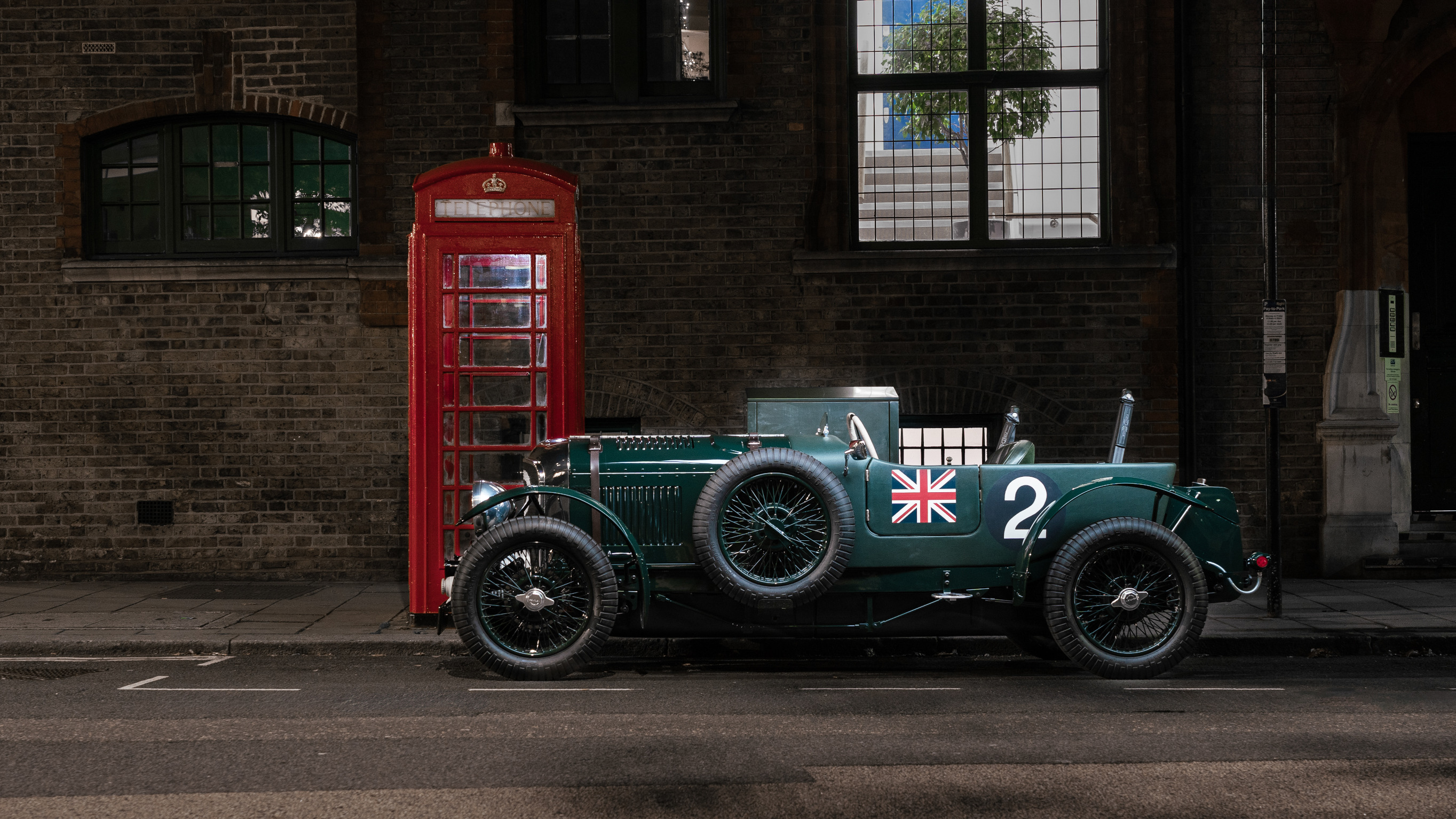 Wallpaper* takes the wheel of the Bentley Blower Jnr for a rich automotive experience
Wallpaper* takes the wheel of the Bentley Blower Jnr for a rich automotive experienceHedley Studios has shrunk the mighty Bentley Blower into this all-electric, road-legal barnstormer. We take it to the streets of London
By Jonathan Bell
-
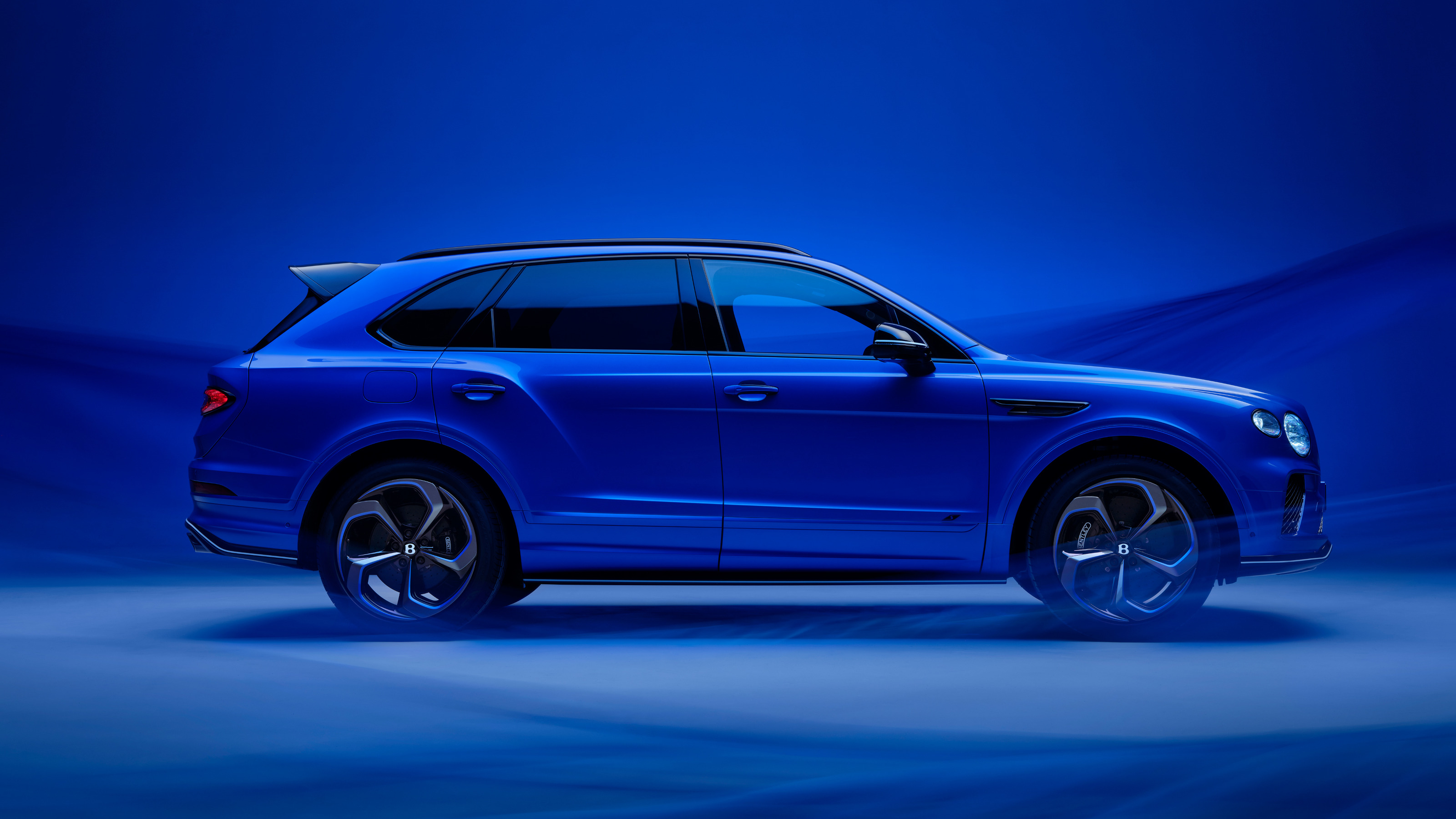 Bentley collaborates with fashion designer Supriya Lele to create ‘Nīla Blue’
Bentley collaborates with fashion designer Supriya Lele to create ‘Nīla Blue’This one-off Bentley Bentayga S showcases a new paint and interior specification created with Indian-British designer Supriya Lele
By Shawn Adams
-
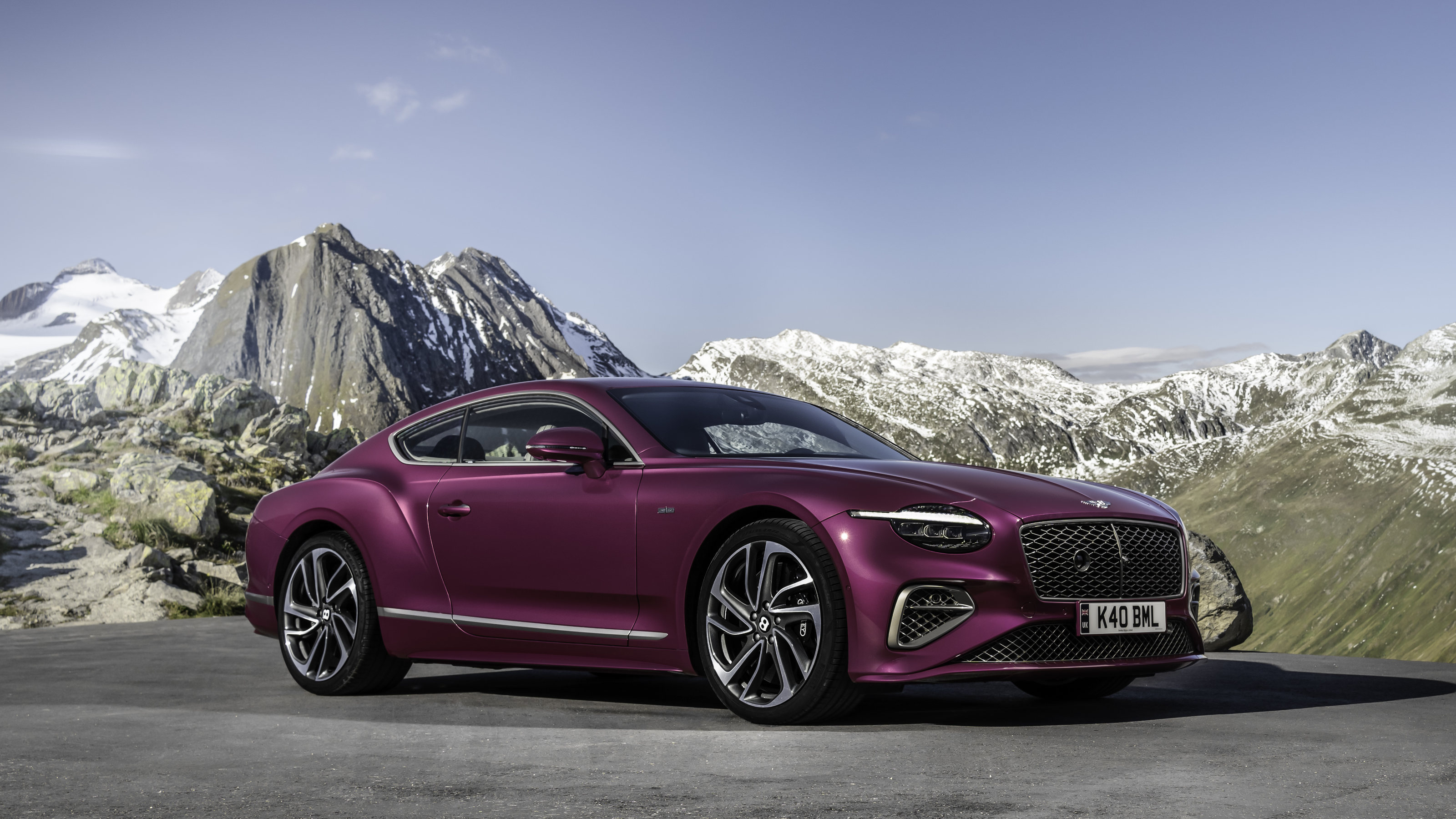 The new Bentley Continental GT Speed surpasses its top-ranking predecessor
The new Bentley Continental GT Speed surpasses its top-ranking predecessorHigh in the Alps behind the wheel of a brand new hybrid Bentley, we reflect on what it takes to make a modern supercar
By Jonathan Bell
-
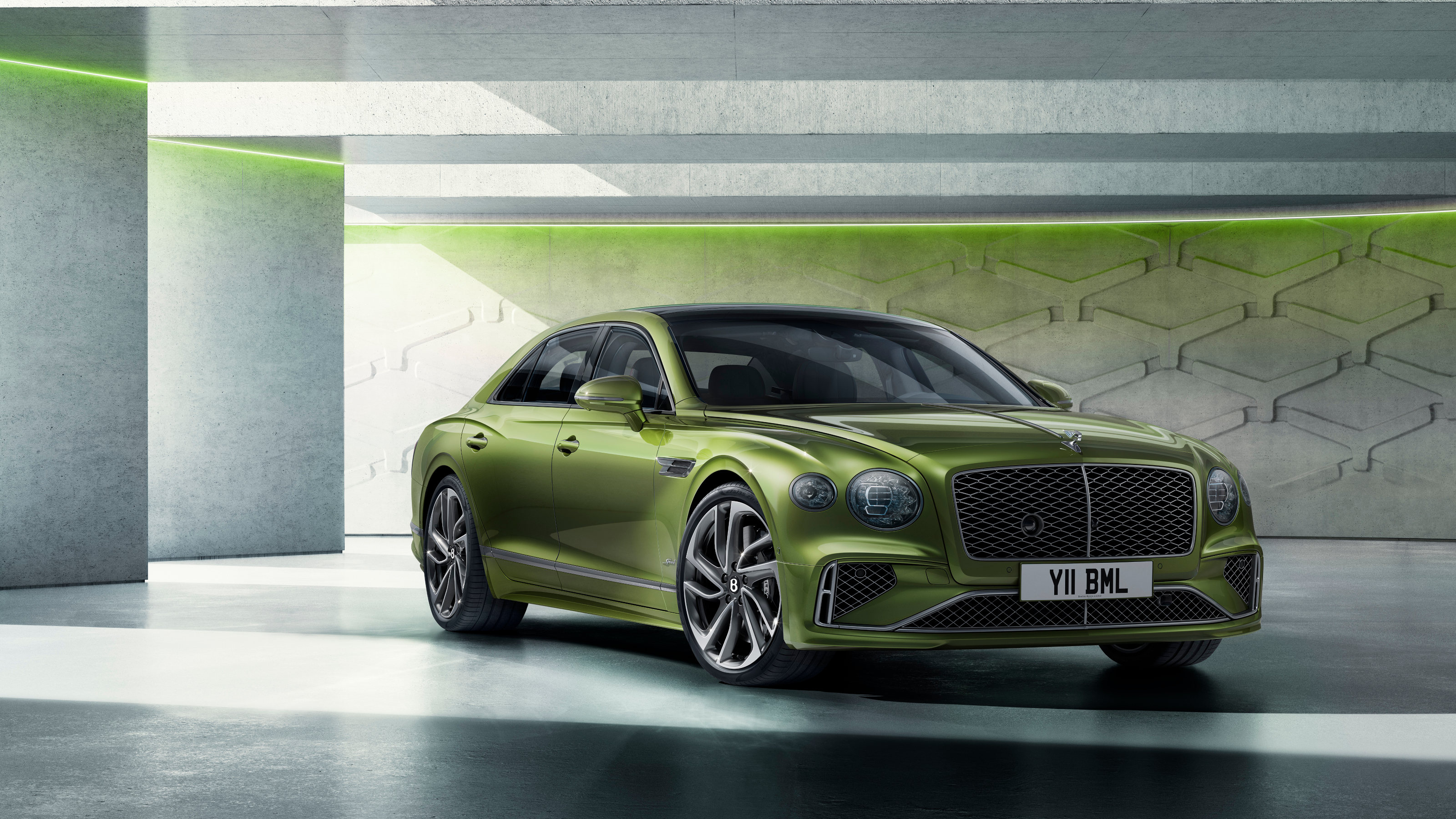 Bentley describes the updated hybrid Flying Spur Speed as a four-door supercar
Bentley describes the updated hybrid Flying Spur Speed as a four-door supercarThe latest version of the Bentley Flying Spur is a technological showcase and an outstanding performer
By Jonathan Bell
-
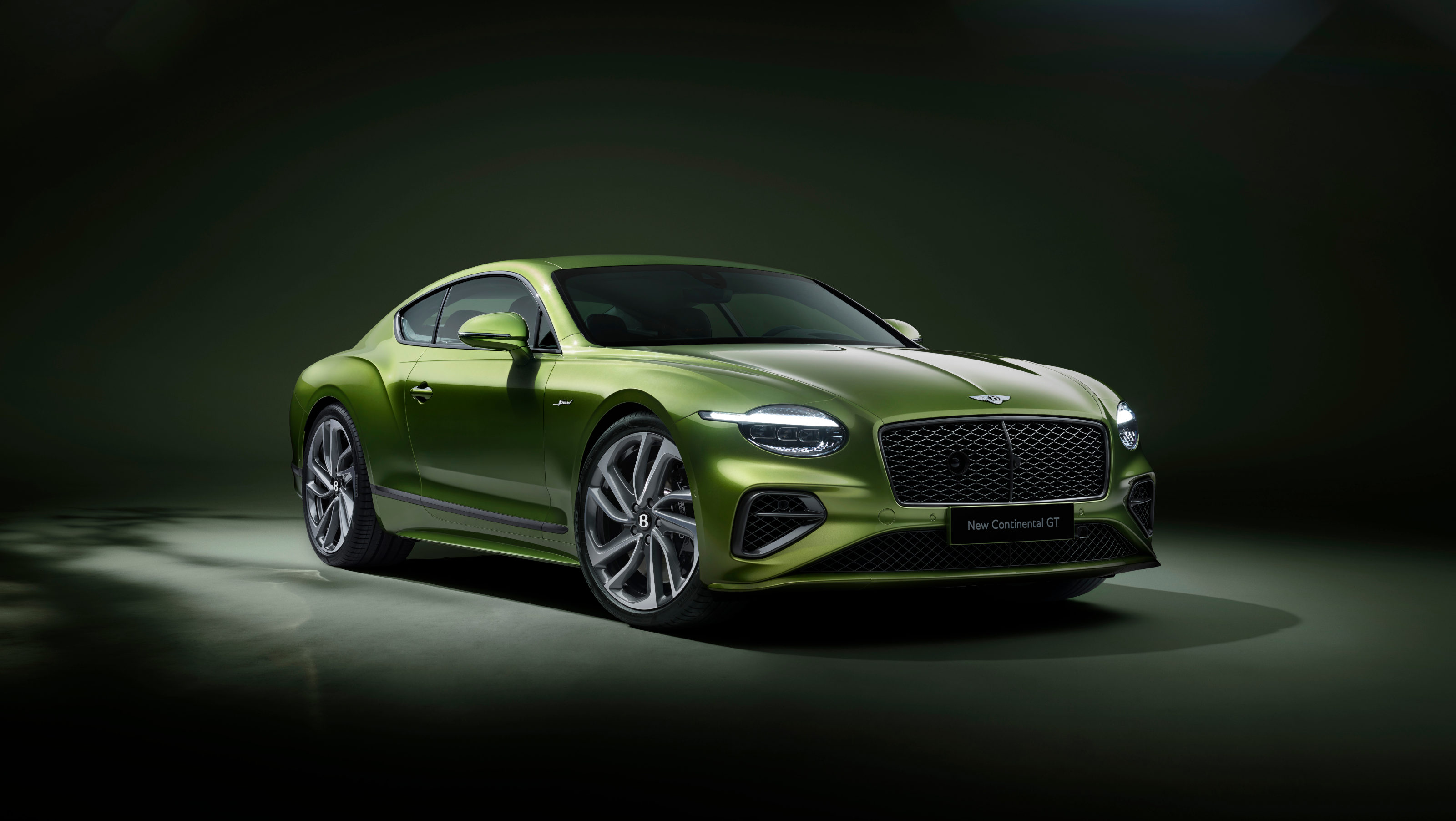 Bentley rolls out the latest version of its majestic grand tourer, the Continental GT Speed
Bentley rolls out the latest version of its majestic grand tourer, the Continental GT SpeedAvailable as both coupé and convertible, the fourth generation Bentley Continental GT Speed harnesses hybrid power to become a record breaker for the brand
By Jonathan Bell
-
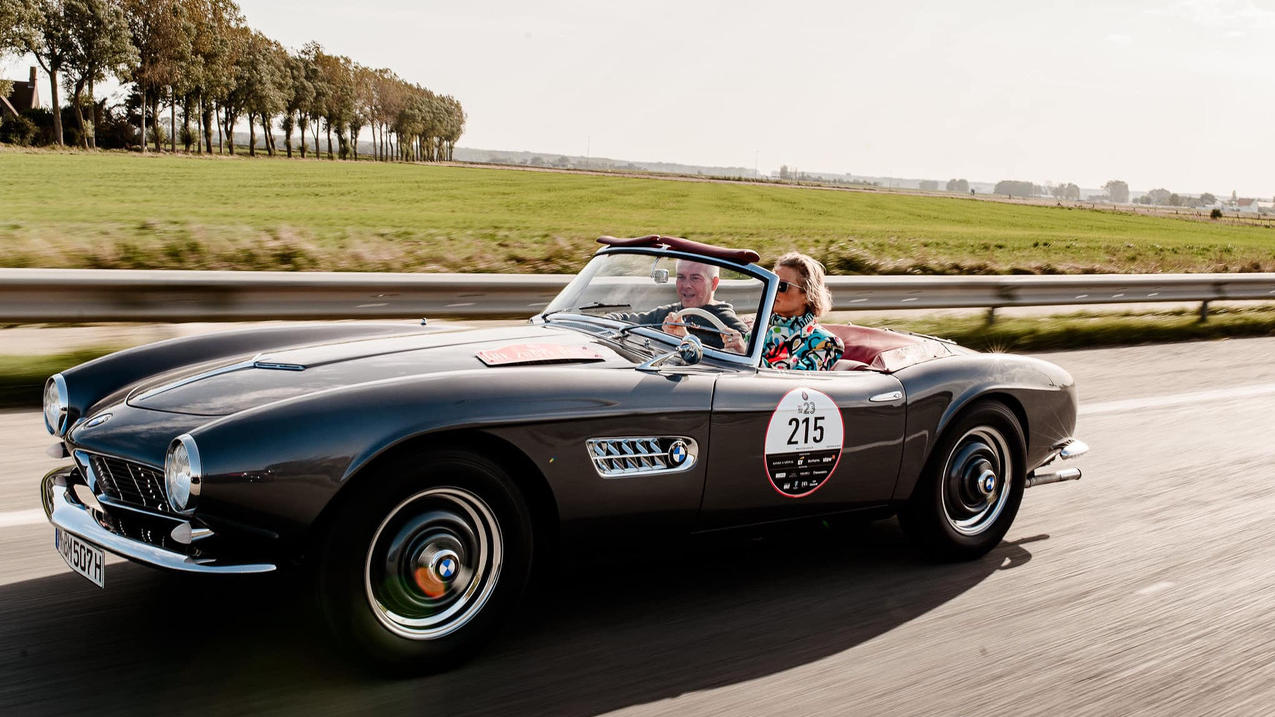 Zoute Grand Prix is a car fest like no other at a pristine Belgian beachside town
Zoute Grand Prix is a car fest like no other at a pristine Belgian beachside townAmy Serafin takes to the well-heeled streets of Knokke-Heist to experience the Zoute Grand Prix, its annual cavalcade of classic car-related events, from a rally to an auction
By Amy Serafin
-
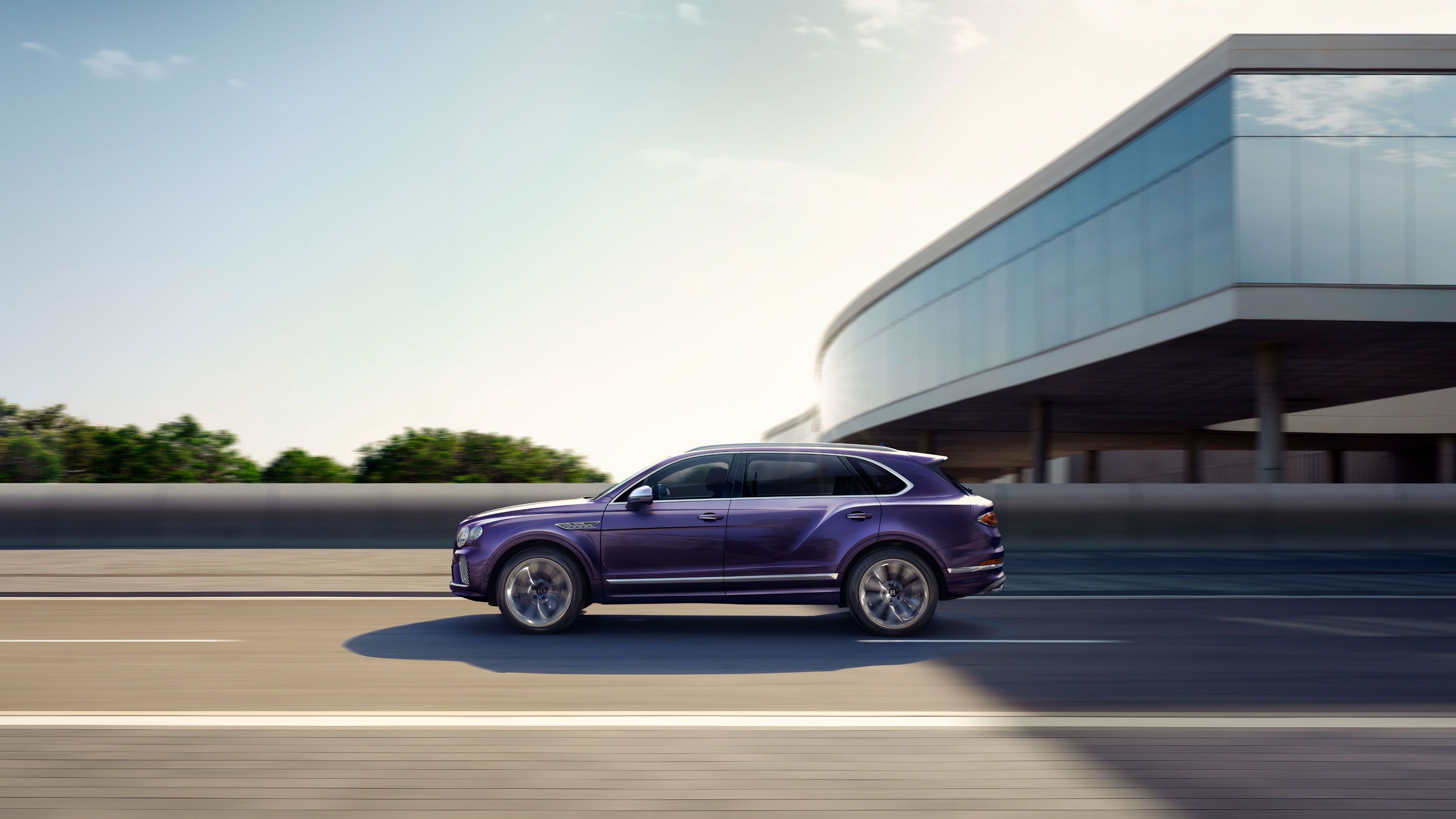 Bentley goes big with an extended, Mulliner-trimmed version of its Bentayga SUV
Bentley goes big with an extended, Mulliner-trimmed version of its Bentayga SUVThe Bentley Bentayga EWB Mulliner is the luxury manufacturer’s new flagship, a high-riding limousine that marks a sea-change in how we perceive the very best of an automotive brand
By Jonathan Bell
-
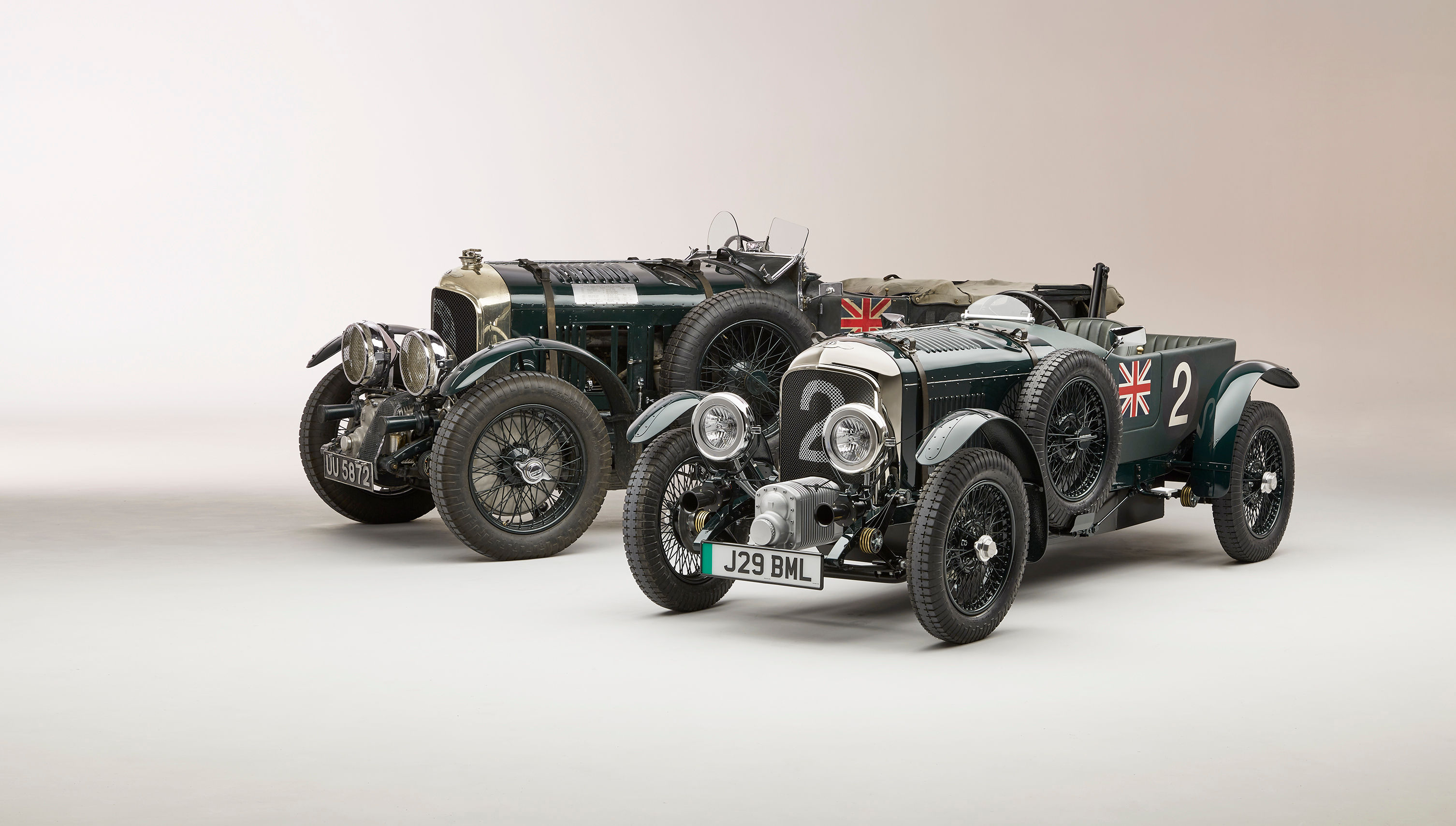 Bentley Blower Jr shrinks and electrifies the stately form of a racing classic
Bentley Blower Jr shrinks and electrifies the stately form of a racing classicThe Little Car Company’s latest project takes an interwar icon and transforms it into an electric city car for the modern rake
By Jonathan Bell